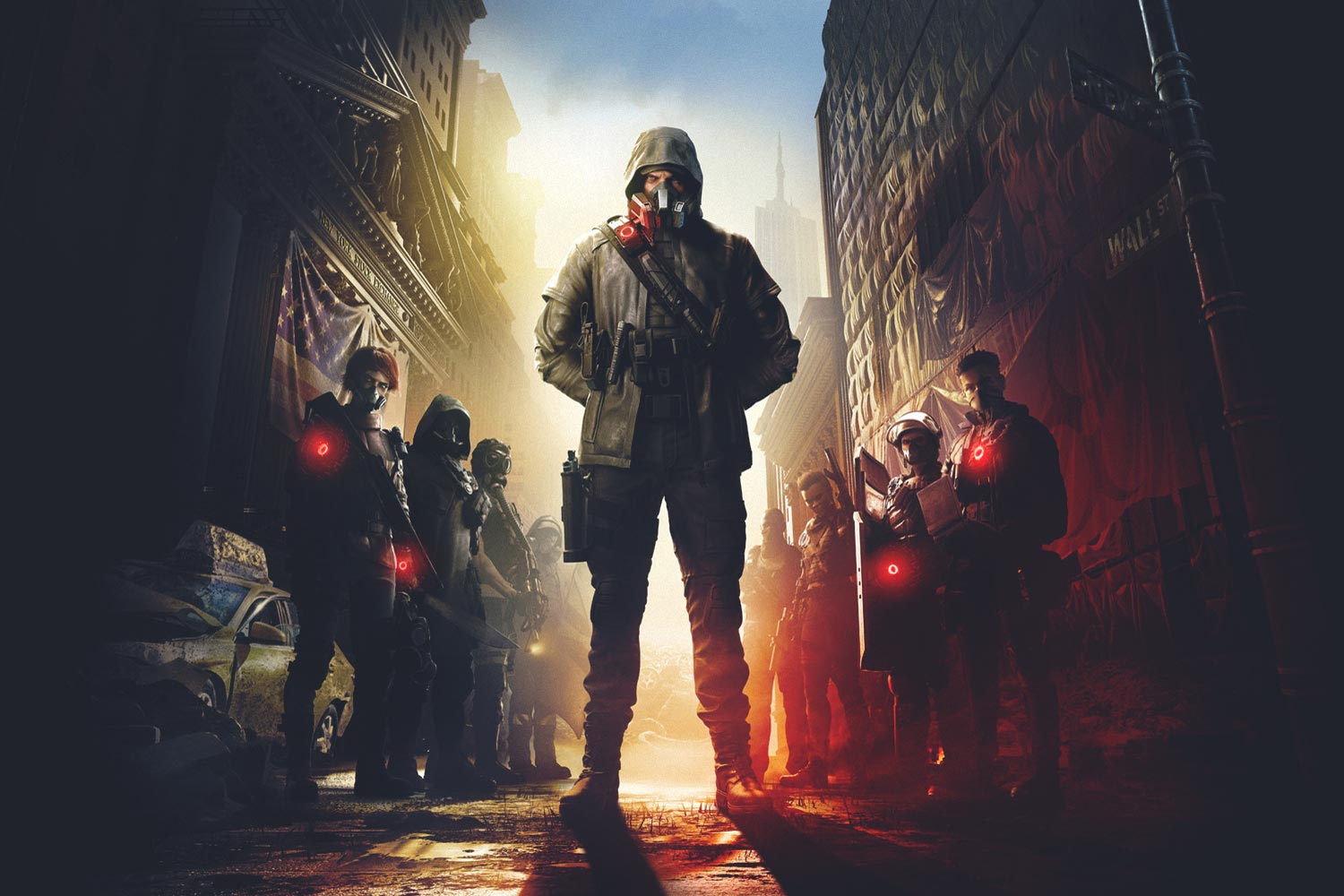In June 2019, Ubisoft and Massive Entertainment announced that they were working on Tom Clancy’s The Division 2 for Stadia, the new generation gaming platform from Google. In taking on this new technology, while simultaneously working on Year 1 content and the Warlords of New York expansion, the Helsinki-based studio Ubisoft RedLynx was called in to help based on their expertise in releasing a game on Stadia.
“When we started work on the Stadia version last summer, we had already prepared a team to collaborate and help other Ubisoft studios, so we were ready to go,” says RedLynx programmer Julien Eres. “Our main focus were aspects like UI, controller inputs, the friends list and platform-specific features like Stream Connect.”
“We had a lot of learning to do though,” Julien continues. “RedLynx hadn’t worked with the Snowdrop engine or on an online action shooter before this.”
But that didn’t hinder the work in any way.

“Our main focus were aspects like UI, controller inputs, the friends list and platform-specific features like Stream Connect.”
“The team in Helsinki got up to speed very fast,” noted Ahmad Mouhsen, Lead Online Programmer at Massive Entertainment. “That’s one of their big strengths. They have a lot of seniority at the studio. We didn’t have to sit down and discuss every little detail – instead they always found things themselves and when they asked us anything, they always asked the right questions.”
It was the beginning of a close collaboration between the two studios. While RedLynx might not have worked with Snowdrop before, they had experience with Stadia, as they had previously released Trials Rising on the platform.
“With all their expertise, they were able to show us at Massive how Stadia works,” says Ahmad.
Developing for Stadia
There are several major differences between developing for Stadia and developing for traditional consoles and PC. One example is that there are no development kits, as you would usually have for consoles. You don’t deploy the game on your own PC. There’s nothing physical, nothing tangible – everything is in the cloud, after all. Instead of downloading a build, you simply click a link to see the latest updates and changes from the team.
That means maintenance work needs to be approached differently. The machine isn’t sitting there next to you, on your local network.
“There’s nothing physical, nothing tangible – everything is in the cloud, after all.”

“It affects everyone, including the people in Data Management and QC departments,” Ahmad explains. “It’s not like you can just add more hard drives, like you can do locally. It means learning new ways of doing things, offset by the ease of for example transferring a build to QA departments instantly through the click of a link.”
Certain limitations need to be considered as a result.
“You need to think about iterations in another way since they take longer to deploy, but become much faster to access for everyone,” says Julien.
“You can’t do what you’re used to doing,” Ahmad added. “This isn’t uncommon when it comes to new platforms. Essentially every new piece of tech means we have to learn to do things in new ways.”
“You need to think about iterations in another way since they take longer to deploy, but become much faster to access for everyone.”
There’s also the fact that there were now two separate networks that needed to be connected – Google’s and Ubisoft’s. That was one of the first big hurdles that the developers working on Stadia had to – and did – overcome. Luckily, The Division 2’s servers already run partially in Google’s cloud, which made it easier to solve the technical issues that came with the game’s development.
“At the same time as you have those limitations, the machines Stadia uses are very powerful,” Ahmad points out. “It’s a very refreshing platform to work with overall. Performance is really high and loading times are a lot shorter.”
And limitations are hardly something exclusive for Stadia – they are just different from what you’d have on normal, local machines.
It’s a very refreshing platform to work with overall. Performance is really high and loading times are a lot shorter.
“We’ve made it all work, and we have a good thing going now,” Ahmad said.
New platform, new features, new ways of working
Stadia has also opened up for brand new features like Stream Connect, a small display in the corner of your screen that shows the video feeds of the players in your group while playing. It works in all game play modes – including PvP and when playing with random players.

“Stream Connect would only be possible on a streaming platform, since it’s just video feeds grabbed from other players,” Julien says. On Stadia we’re able to produce real-time video feeds of other players at a fraction of the resource cost. “It’s been interesting to integrate, since you have to connect rendering and network. Normally a feature like Stream Connect costs loads of GPU time to execute on a local machine.”
“This combination usually never happens,” Ahmad added. “This is the first time those two parts of game development are married.”
“On Stadia we’re able to produce real-time video feeds of other players at a fraction of the resource cost.”
A new platform comes with its own demands and new ways of thinking. Ubisoft RedLynx and Massive Entertainment, with our respective areas of expertise, is a perfect example of how two studios can come together to overcome those obstacles.
“We needed a team that could help us do it,” Ahmad says. “And we found that in RedLynx.”
This story was produced by Massive Entertainment and it was originally published on March 26, 2020.


